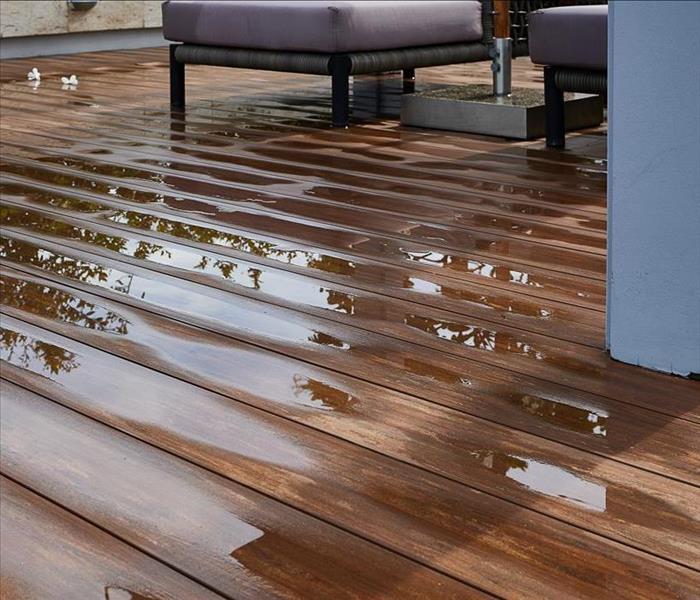Identifying Water Damage in Your South Florida Home
3/8/2023 (Permalink)
 Do not allow water damage to go untreated. Early detection and resolution are the keys to water damage restoration.
Do not allow water damage to go untreated. Early detection and resolution are the keys to water damage restoration.
A recent federal assessment by the US Army Corps of Engineers found Florida to be among the most vulnerable areas at risk for storm-driven flooding. South Florida averages 52 inches of rain fall per year. South Florida lies close to sea level and is surrounded by major bodies of water, often leaving rainwater with no place to drain. The result of poor drainage is occasional flooding. Flooding can lead to severe water damage in your South Florida Home.
In addition to severe weather, water damage can be caused by leaky pipes, blocked drains, malfunctioning sprinklers, and a host of other reasons. Water damage is costly, making early detection and restoration vital.
How to Detect Water Damage
Water damage affects homes in a variety of ways. It discolors walls, warps floors, grows mold, and even weakens the foundation of homes. With early detection being critical, it is important to know how to look for water damage in your home.
- Odor. Water damage emits a persistent musty smell. It can come from mold behind walls and in areas that are frequently exposed to moisture. If a musty smell is present in your home, seek out the source of the odor. Look for wet spots and areas of mold growth.
- Stains on ceilings and floors. Water stains are a visible indicator of water damage due to a leak in your home. Stains on the ceiling can form from a leaky pipe or roof issue. Floor stains may be due to dishwasher or washing machine issues. Find the source of the leak.
- Warping and discoloration. Warped or sagging ceilings or floors are a tell-tale signal that there is water damage in your home. Discolored walls reveal an issue, as well. This is often a concern with moisture-rich areas in your home.
- Excessive water bill. An unusually high water bill can be a sign of a slow leak. Leaks are not always visible. This could require a plumber to investigate further. Early detection is key.
- Peeling paint. Look for peeling paint or wallpaper as a signal of excess moisture in an area and potential water damage. A dehumidifier may help. If the moisture in the air is not improved, seek professional assistance.
How to Prevent Water Damage
There are many things you can do to minimize the risk of water damage to your home. Protect and prevent water damage by following these guidelines.
- Know the sources of indoor and outdoor water. Learn where the water main shut off is located and how to turn it off.
- Periodically check for leaks. Look around and under sinks and appliances that use water.
- Maintain roof and gutters. Clean out and inspect gutters and roof.
- Use a water detection device. These devices can detect slow leaks and low moisture levels that may otherwise go unnoticed.
- Check water pressure. Too much water pressure can cause problems with pipes and hoses. Use a water pressure gauge to get an accurate reading.
- Disconnect your hose from the faucet. Standing water can lead to water damage in your home.
Water Damage Restoration
Do not allow water damage to go untreated. Early detection and resolution are the keys to water damage restoration. Contact a professional water damage restoration specialist to help you detect issues and restore your home. Employ prevention strategies to avoid future water damage.
As always, contact SERVPRO of Deerfield Beach for any and all of your water damage needs.


 24/7 Emergency Service
24/7 Emergency Service